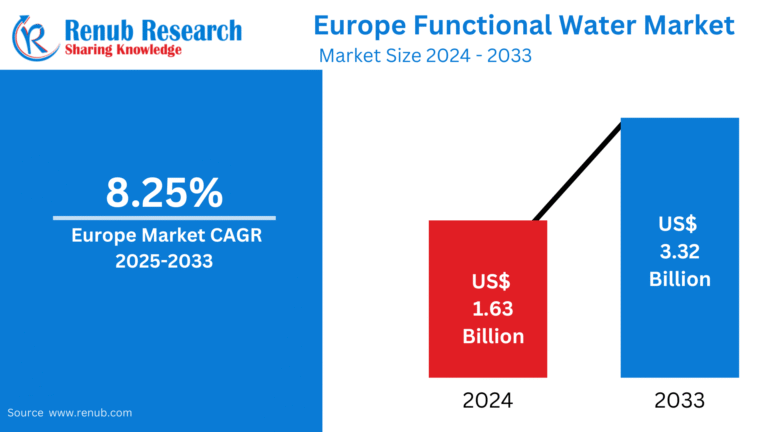Identifying immediate peaks with technical indicators is an important skill for traders. Technical indicators are tools that help us understand what is happening in the market. They show us patterns in price movements and can help predict when a stock might go up or down. By using these indicators, traders can make smarter decisions about when to buy or sell stocks. Learning how to use these tools can help anyone become a better trader and make the most of their investments in the stock market.
Identifying Immediate Peak with Technical Indicators
When it comes to trading in the stock market, identifying immediate peaks with technical indicators is a useful skill. A peak is the highest point that a stock price reaches before it starts to go down. Traders want to know when these peaks happen so they can decide the best time to sell their stocks.
What Are Technical Indicators?
Technical indicators are special tools that help traders analyze stock prices. They use math to look at past price movements and trading volumes. By examining these patterns, traders can make predictions about what might happen in the future. Some common technical indicators include moving averages, Relative Strength Index (RSI), and Bollinger Bands. Each of these tools offers different information that can help traders spot trends.
How to Identify Immediate Peaks
To identify immediate peaks with technical indicators, traders look for certain signs. One sign is when a stock price reaches a new high but then starts to drop. This can mean that it’s a good time to sell because the price might not go up any further. Traders can use the RSI indicator, which tells them if a stock is overbought or oversold. If the RSI is above 70, it might mean the stock is overbought, suggesting a peak.
Another helpful tool is the moving average. This indicator shows the average price of a stock over a specific time period. If the current price is much higher than the moving average, it could be a sign that the stock has reached an immediate peak.
Why It Matters
Identifying immediate peaks with technical indicators can help traders make better decisions. By knowing when to sell, they can maximize their profits. This skill is especially important for day traders, who buy and sell stocks quickly to make money from small price changes. Learning to recognize these peaks takes practice, but with time, anyone can improve their trading skills.
Best Technical Indicators for Spotting Immediate Peaks in Trading
When traders want to know the best technical indicators for spotting immediate peaks in trading, they look for tools that help them understand price movements. Immediate peaks are the highest points a stock reaches before its price starts to fall. Knowing when these peaks happen can help traders make smart decisions about when to sell their stocks.
1. Moving Averages
One popular tool is the moving average. This indicator calculates the average price of a stock over a set period, like 10 days or 50 days. When the current price is much higher than the moving average, it might signal an immediate peak. Traders watch for these moments because it can be a sign that the price may soon drop.
2. Relative Strength Index (RSI)
Another important tool is the Relative Strength Index (RSI). This indicator measures how quickly a stock’s price is changing. The RSI ranges from 0 to 100, and when it goes above 70, it usually means the stock is overbought. This can suggest that an immediate peak is occurring. Traders pay attention to the RSI to help decide when to sell their stocks.
3. Bollinger Bands
Bollinger Bands are also useful for spotting immediate peaks in trading. This tool consists of a moving average line in the middle, with two bands above and below it. When the price touches the upper band, it can indicate that the stock is at a peak. Traders look for these moments because they might signal a good time to sell before the price drops.
4. Volume Indicators
Volume indicators show how many shares are being traded. If a lot of people are buying a stock and the price goes up quickly, it might reach an immediate peak. Traders watch the trading volume because high volume can mean strong interest, but it can also lead to a price drop after reaching a peak.
Strategies for Identifying Immediate Peaks with Technical Indicators
Identifying immediate peaks with technical indicators can help traders make smart decisions. An immediate peak is the highest point a stock price reaches before it starts to go down. Here are some strategies to help traders spot these peaks effectively.
1. Use Moving Averages
One common strategy is to use moving averages. This indicator calculates the average price of a stock over a specific time. Traders often look at a short-term moving average (like 10 days) and a long-term moving average (like 50 days). When the short-term average is much higher than the long-term average, it may indicate that the stock has reached an immediate peak. This difference can help traders decide when to sell.
2. Monitor the Relative Strength Index (RSI)
Another useful tool is the Relative Strength Index (RSI). The RSI tells traders if a stock is overbought or oversold. If the RSI goes above 70, it suggests that the stock is overbought, which often means it has reached an immediate peak. Traders can watch for this sign to help them decide when to sell before the price starts to drop.
3. Look for Divergence
Divergence is a special strategy that can help identify immediate peaks. This happens when the stock price moves in one direction, but the indicators (like the RSI or MACD) move in the opposite direction. For example, if a stock price is going up but the RSI is going down, it could be a sign that an immediate peak is coming. Traders can use this information to make better selling decisions.
4. Check Trading Volume
Another important factor is trading volume. High trading volume often means that many people are buying or selling a stock. When a stock reaches an immediate peak, the volume might spike as everyone tries to sell. Traders should watch for these spikes because they can indicate that the price will soon fall.
Conclusion:
Identifying immediate peaks with technical indicators is important for traders. A peak is when a stock reaches its highest price before it starts to fall. By using tools like moving averages and the Relative Strength Index (RSI), traders can see when these peaks happen. This helps them decide the best time to sell their stocks. Learning to recognize these peaks takes practice, but it can lead to better trading results and higher profits. With the right strategies, anyone can improve their trading skills.















